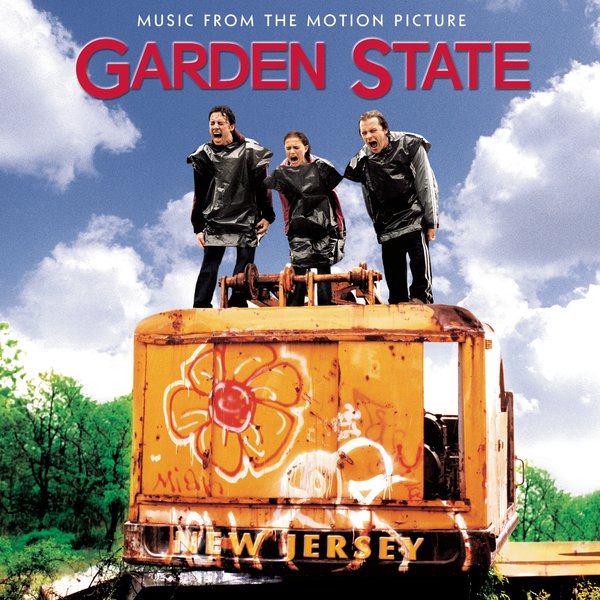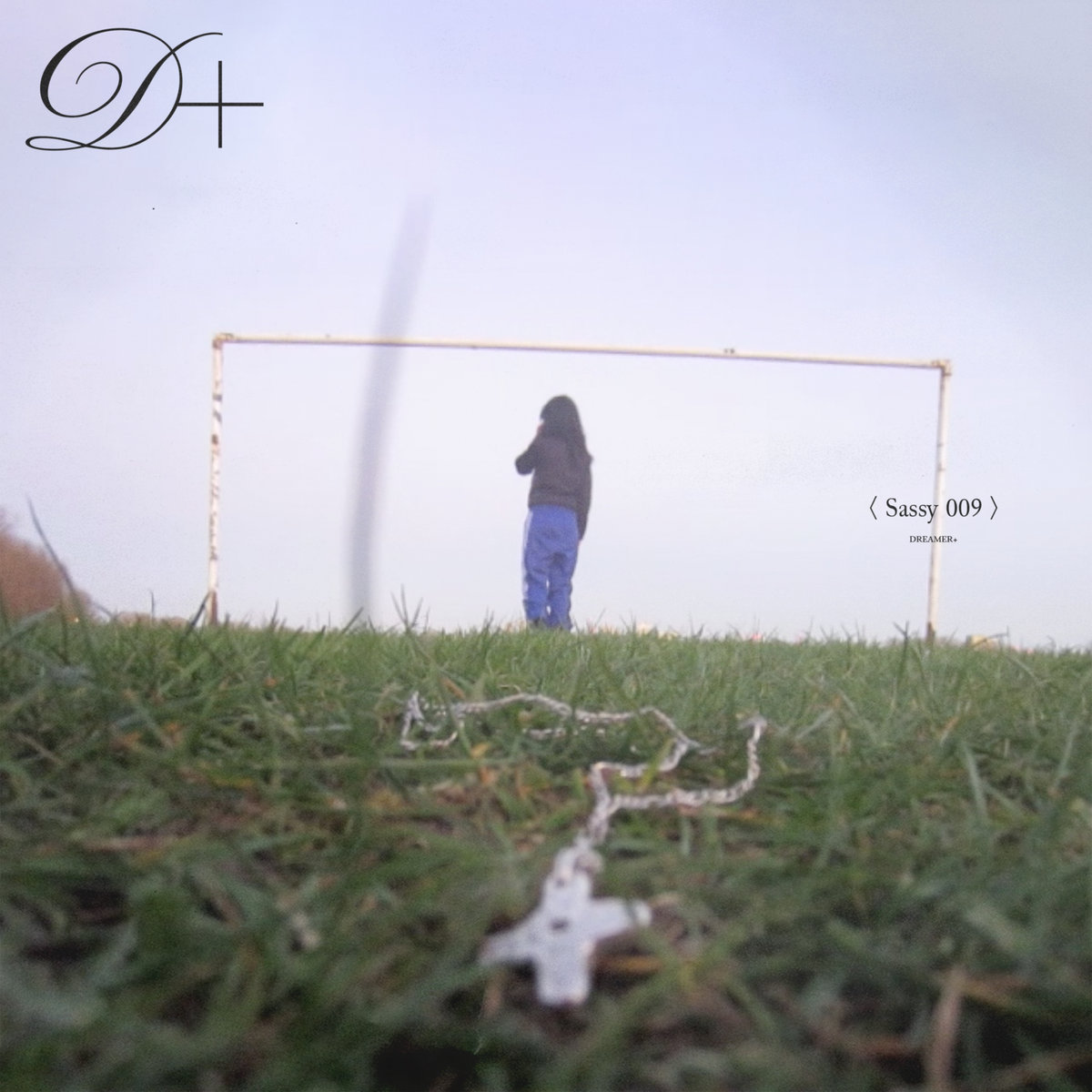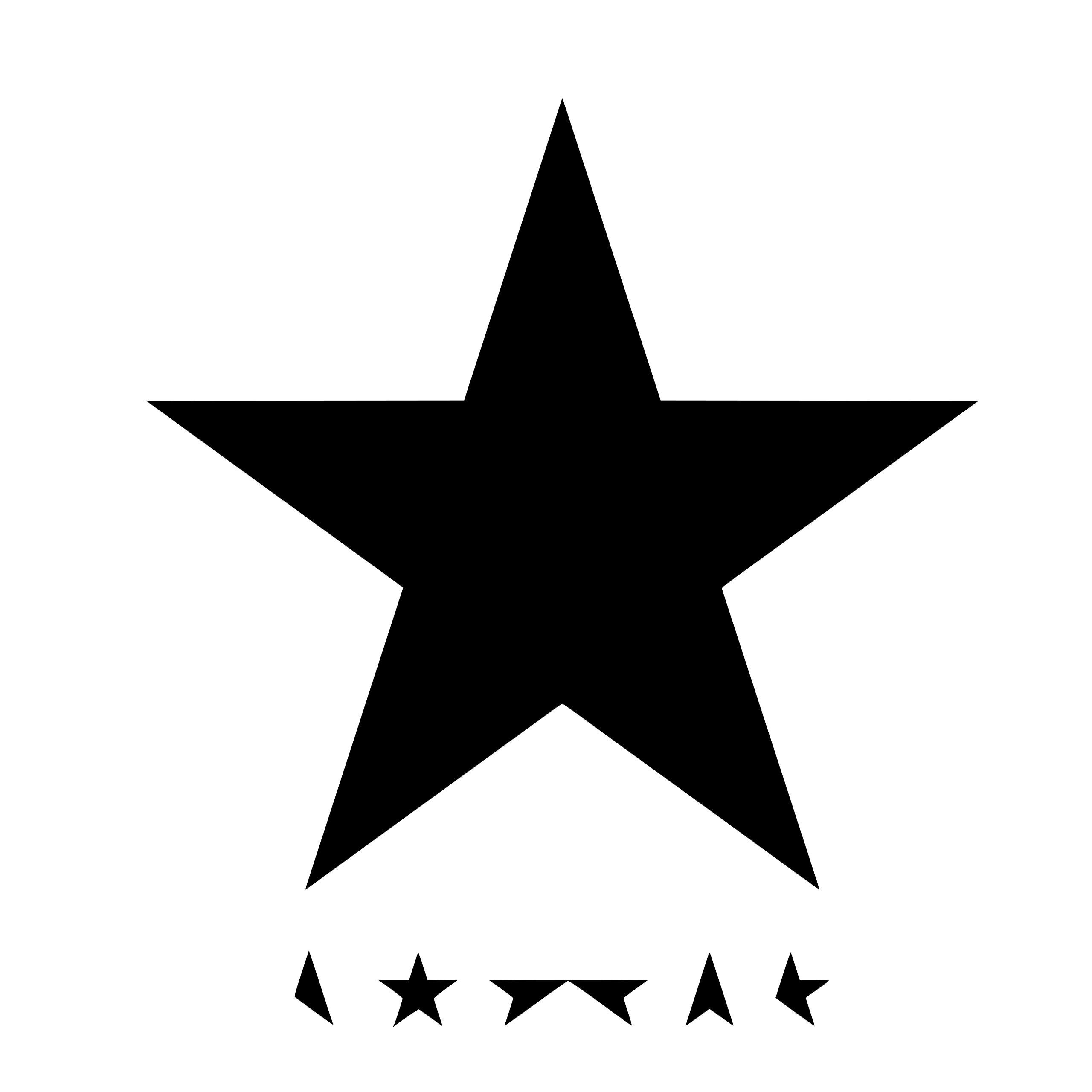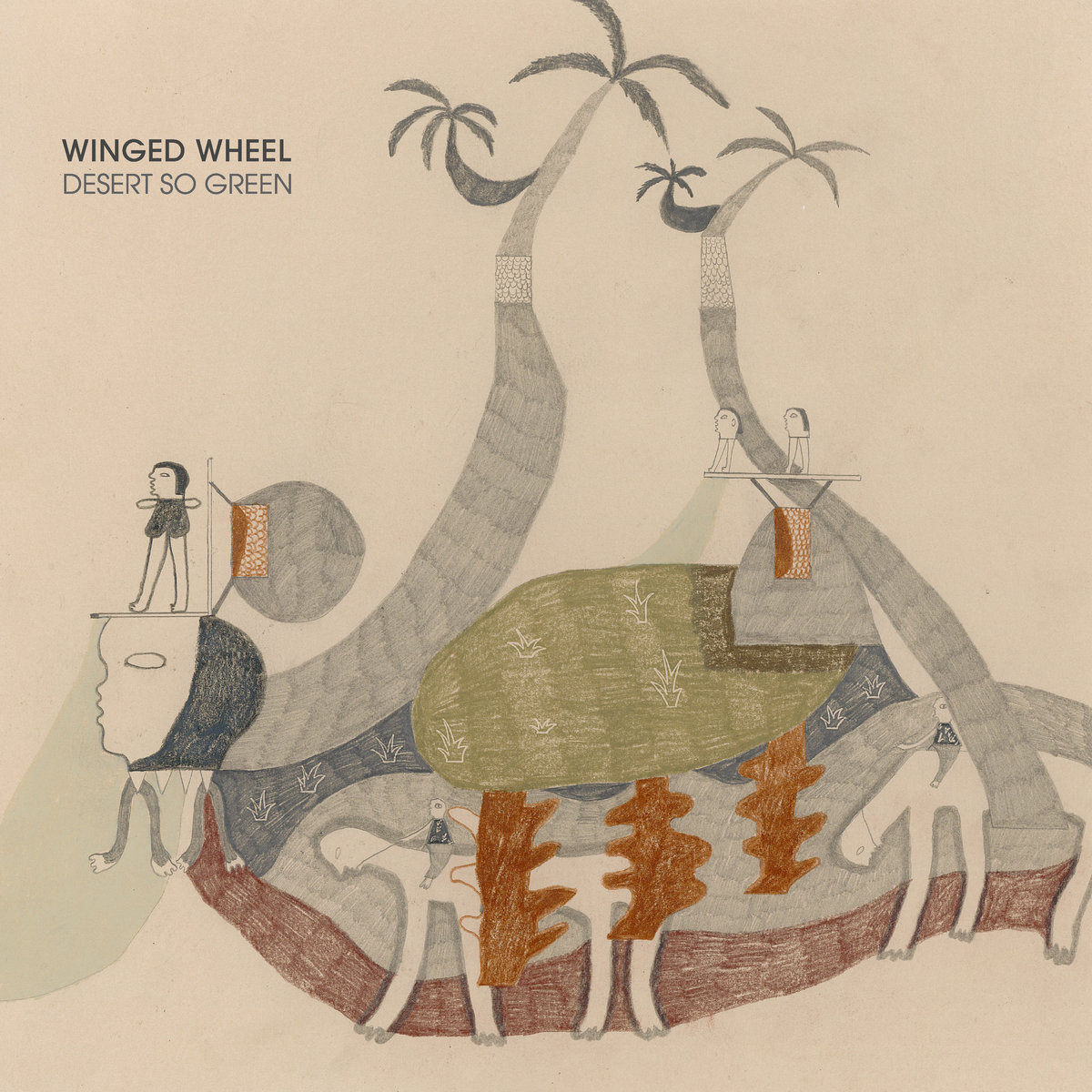- Epic/Fox
- 2004
When Garden State debuted in 2004, it felt like it was a movie made for me — a hopeless romantic millennial teen girl from New Jersey grappling with loneliness who had a fascination with pop culture and a burgeoning interest in music discovery thanks to my dad's Sirius (not XM quite yet) account. The movie, which follows actor/waiter Andrew Largeman (Zach Braff) as he returns home to New Jersey where he unpacks a lifetime of trauma after his mother dies and decides to go off of his antidepressants, felt like a love letter to my home state (and Braff's).
I was charmed by Andrew's love interest, manic pixie dream girl Sam (Natalie Portman), and drawn to Andrew's journey from emotional paralysis back to life. At the time, it felt deep — screaming into an infinite abyss deep. (Keep in mind, I was 15 at the time.) But what I quickly realized was that while I enjoyed the film, it was the indie pastiche score that was so affecting — the needle drops that made my emotions swell, like when Andrew goes on a shortlived nighttime motorcycle cruise to the prog-rock-meets-pop song "Caring Is Creepy" or shouts into a Newark quarry alongside Sam and best friend Mark (Peter Sarsgaard) to Simon & Garfunkel's melancholy folk number "The Only Living Boy In New York."
https://youtube.com/watch?v=Ziwr4f5eR0M /wp:paragraph -->






